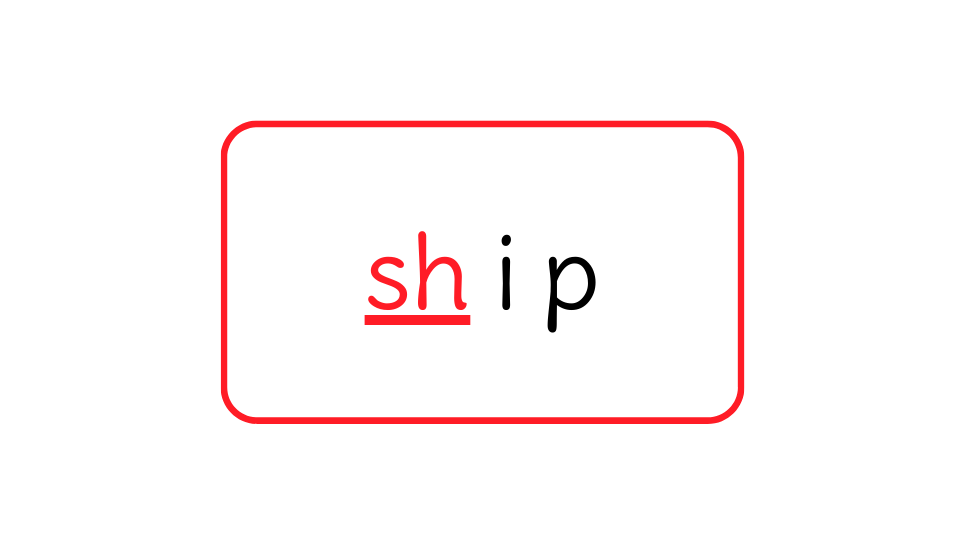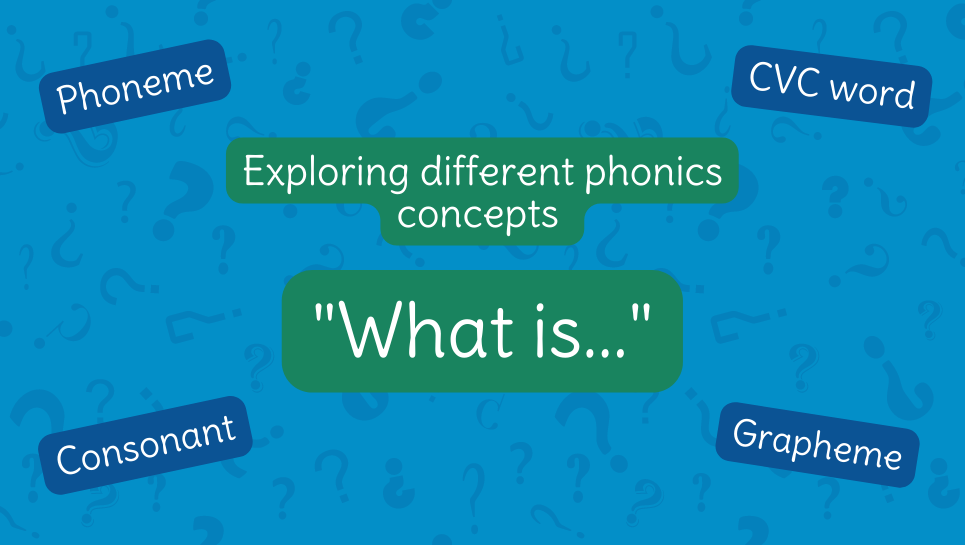In our ‘what is…’ series we’re taking things back to basics! From phonics to decoding, blending and more, we’re going to break things down and give you our expert advice on each area, to help answer any questions you may have around teaching reading.
***
A consonant digraph is a two-letter spelling that represents a consonant sound. Di- means ‘two’ and graph means a written symbol. In other words, a consonant digraph is when two letters spell one consonant sound.
Typical consonant digraphs are: sh as in ‘ship’ or ck as in ‘luck’. Less common examples are ph as in ‘phone’ or gh as in ‘laugh’.
Why is this important?
Beginner readers start with the simple sound/letter relationships. They are taught one sound/one letter correspondences as in the word ‘m a t’ – each letter represents one sound. Once all the sounds of the alphabet are introduced, the next conceptual step is to understand that two letters can spell one sound. This is usually introduced with double consonants, e.g., ff, ll, ss and zz as in the word: ‘huff’. In the English writing system 1–4 letters can represent a sound, so learning about digraphs is an important step to understanding how the English writing system works.



